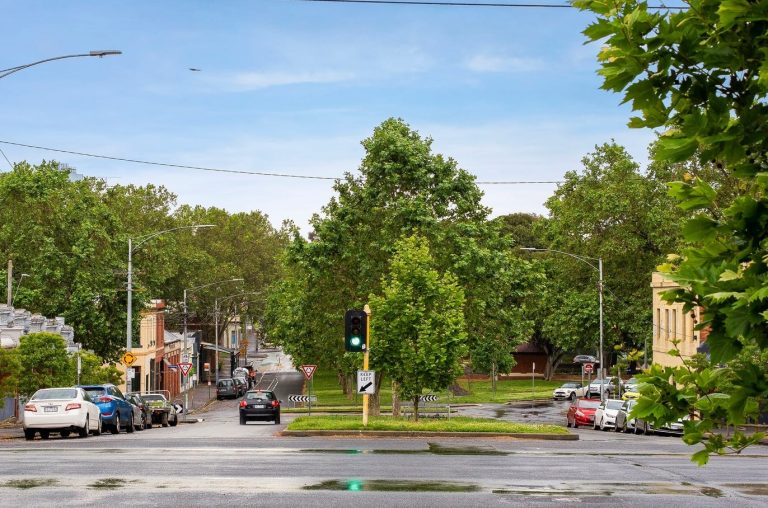What are the top issues facing small business?

Small business is the backbone of the economy and the largest source of tenant demand for commercial property.
For owners and portfolio managers that makes understanding this sector’s needs a must.
To get a sense of how the sector is travelling I spoke with two experts: Nick Behrens, General Manager of Advocacy at the Chamber of Commerce and Industry Queensland, and Steven Wojtkiw, Chief Economist at the Victorian Employers’ Chamber of Commerce and Industry.
I asked both experts to nominate the top issues facing small business and what I found was a near perfect alignment of challenges north and south.
Top 4 issues facing small business
1. Patchy consumer sentiment
First and foremost are concerns over weak consumer sentiment, with Wojtkiw telling me this was a major reason behind a tough trading environment.
“Concerns about employment prospects are influencing consumers to keep their spending to a minimum,” he says.
Behrens echoed this concern: “There is a real disconnect between business and consumer sentiment, driven in part by concerns over debts and deficits and the measures in the federal budget to limit welfare and transfer payments.”
2. The cost of employment
Both our experts took aim at inflexibility in workplace arrangements and national wage case decisions by the Fair Work Commission.
Wojtkiw summed it up best saying: “The economy is soft so we have concerns that many employers don’t have the capacity to absorb increases in labour costs when there are no matching increases in productivity.
Many employers don’t have the capacity to absorb increases in labour costs.
“I would also mention mining sector wages, which have leapfrogged other sectors yet have influenced wage outcomes in other industries, deterring some investments which would have created more employment.”
3. Canberra
The theatrics in Canberra are viewed as a major drag on business sentiment.
Wojtkiw sees it as an ongoing problem. “Instability throughout the term of the last government contributed to investment uncertainty and while the change in Canberra last year helped confidence, there is still a sense of shifting goalposts.”
Behrens agrees. “The federal government’s inability to pursue its mandate through the Senate is certainly affecting business sentiment,” he says.
4. Rising input costs
Apart from the cost of employment, rising input costs are also landing blows on small business sentiment.
In Queensland, it is the cost of insurance front of mind, with business premiums rising a whopping 58.2% according to Behrens, leading many owners to under insure assets or discontinue policies.
Both experts also mentioned rising energy costs as a significant challenge for small business owners.
What does it mean for property owners?
In Victoria, Wojtkiw expects underlying demand from small business tenants will be at least stable in the next 12 months, and hopefully growing.
I asked him where small business tenant demand might be best and he said: “One of the better areas of demand could come from micro businesses started at home but expanding into small leaseholds. Landlords can respond to this market by ensuring their lease agreements are drafted in plain English and are transparent and fair.”
Areas of demand could come from micro businesses started at home but expanding into small leaseholds.
Behrens thinks Queensland is best placed in Australia to benefit but he cautions that the significant amount of new commercial space coming onto the Brisbane market might outstrip tenant demand.
Wojtkiw nominates the education and health sectors as the most likely sources of growth over the medium term. “If I were an investor I would look at areas with population growth and rising incomes,” he says.
“We are also expecting the increase in public infrastructure spending in Victoria and other states to play its part – so owners should keep their eyes firmly open for opportunities.”







